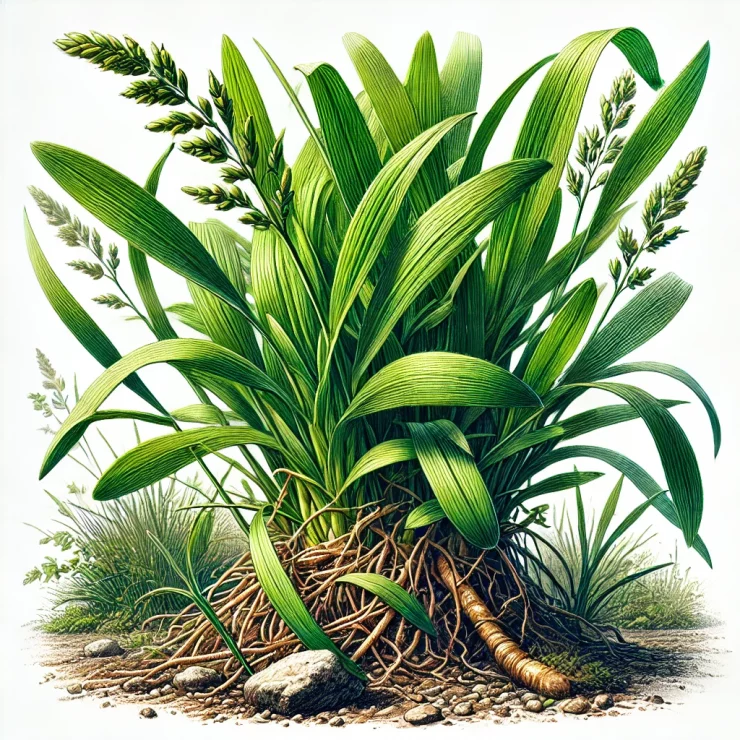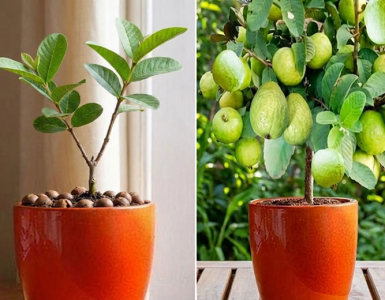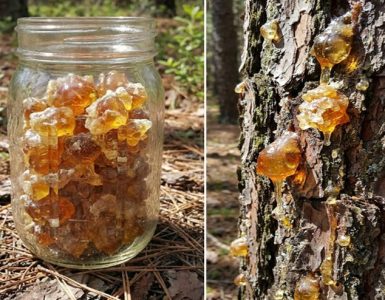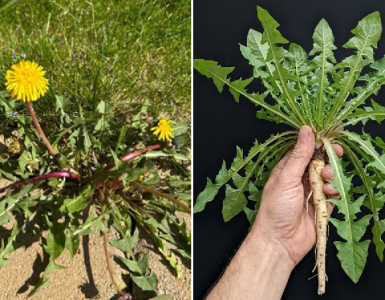Quackgrass (Elymus repens) is often considered a nuisance by gardeners and homeowners alike. This aggressive, fast-spreading weed can quickly take over lawns, gardens, and fields, earning a reputation as one of the most persistent and unwelcome invaders. However, before you pull it out and toss it away, you might want to reconsider. Quackgrass, though typically seen as a problem, actually possesses several surprising benefits that most people are unaware of. Here’s why this common weed may be more powerful than you think.
What Is Quackgrass?
Quackgrass is a perennial grass that spreads through both seeds and a complex system of underground rhizomes. It’s known for its rapid growth and resilience, thriving in a wide range of soil types and conditions. While quackgrass is often found in backyards, gardens, and agricultural fields, it’s typically regarded as an unwelcome guest due to its ability to outcompete other plants.
1.Natural Soil Conditioner
One of the hidden benefits of quackgrass is its ability to condition the soil. The extensive root system of quackgrass helps break up compacted soil, improving aeration and drainage. This natural tilling action can enhance soil structure, making it more suitable for other plants to grow.
Why It Matters:
Improves Soil Aeration: Quackgrass roots create channels in the soil that allow air and water to penetrate more easily, benefiting other plants.
Prevents Erosion: The dense root network helps hold soil in place, reducing the risk of erosion, especially on slopes or in areas with loose soil.
2.Nutrient Accumulator
Quackgrass is a nutrient accumulator, meaning it draws nutrients from deep within the soil and makes them available near the surface. This ability can be beneficial in areas where the soil is poor or depleted, as quackgrass can bring valuable nutrients closer to the root zones of other plants.
Why It Matters:
Restores Soil Fertility: By accumulating nutrients such as potassium, phosphorus, and magnesium, quackgrass can help restore fertility to nutrient-poor soils.
Supports Companion Plants: When used strategically, quackgrass can benefit nearby plants by improving the availability of essential nutrients in the soil.
3.Herbal Medicine
Quackgrass has a long history of use in herbal medicine. The rhizomes of the plant contain various bioactive compounds, including triticin, saponins, and silica, which have been used to treat a variety of ailments. In traditional medicine, quackgrass has been used as a diuretic, to treat urinary tract infections, and to support kidney health.
Why It Matters:
Natural Diuretic: Quackgrass root can be used to make a tea that promotes urination and helps flush out toxins from the body.
Supports Urinary Health: The plant’s diuretic properties make it useful for treating conditions like cystitis and kidney stones.
Anti-inflammatory: Quackgrass is believed to have anti-inflammatory properties that can help soothe irritation in the urinary tract.
4.Wildlife Habitat
Quackgrass plays an important role in supporting wildlife. Its dense growth provides cover and shelter for small animals, insects, and birds. In particular, quackgrass can offer protection and nesting material for ground-nesting birds and small mammals.
Why It Matters:
Biodiversity: Allowing some quackgrass to grow in less cultivated areas of your yard can support local biodiversity by providing habitat for beneficial insects and animals.
Pollinator Support: While quackgrass itself is wind-pollinated, the habitat it creates can support pollinators that are essential for the health of your garden.
5.Soil Remediation
Quackgrass has potential as a plant for phytoremediation, a process where plants are used to clean up contaminated soils. The extensive root system of quackgrass can help absorb and break down certain pollutants, potentially making it a useful tool for improving soil health in contaminated areas.
Why It Matters:
Detoxifies Soil: In areas with mild soil contamination, quackgrass can help absorb and neutralize harmful substances, aiding in soil recovery.
Pioneer Species: As a hardy pioneer species, quackgrass can colonize and stabilize disturbed soils, paving the way for the growth of other, more desirable plants.
6.Forage for Livestock
In some regions, quackgrass is used as a forage crop for livestock. The plant is palatable and provides a good source of nutrition for grazing animals such as cows, sheep, and goats. While it may not be the most desirable pasture grass due to its aggressive nature, it can still serve as a valuable food source in mixed pastures.
Why It Matters:
Nutritious Feed: Quackgrass can be a good source of forage for livestock, providing essential nutrients, especially in areas where other forage crops are struggling.
Resilient Growth: Its ability to thrive in poor soil and adverse conditions makes quackgrass a reliable source of food in challenging environments.
7.Erosion Control
Thanks to its deep and extensive root system, quackgrass is effective at stabilizing soil and preventing erosion. This makes it useful in areas prone to soil erosion, such as slopes, riverbanks, and areas with loose or sandy soil. By holding the soil together, quackgrass helps maintain the integrity of the landscape.
Why It Matters:
Protects Soil Structure: Quackgrass roots bind the soil, reducing the likelihood of soil erosion caused by wind or water.
Reclaims Degraded Land: In areas where soil has been degraded by erosion, quackgrass can help stabilize the ground and promote recovery.
While quackgrass is often seen as a troublesome weed, it’s clear that this plant has a number of hidden benefits that make it worth reconsidering. From improving soil health and supporting wildlife to its uses in herbal medicine and erosion control, quackgrass is more powerful and useful than most people realize. Instead of simply pulling it out and throwing it away, consider how quackgrass might be put to good use in your backyard. By harnessing its potential, you can turn this persistent weed into a valuable ally in your gardening efforts.






Add comment